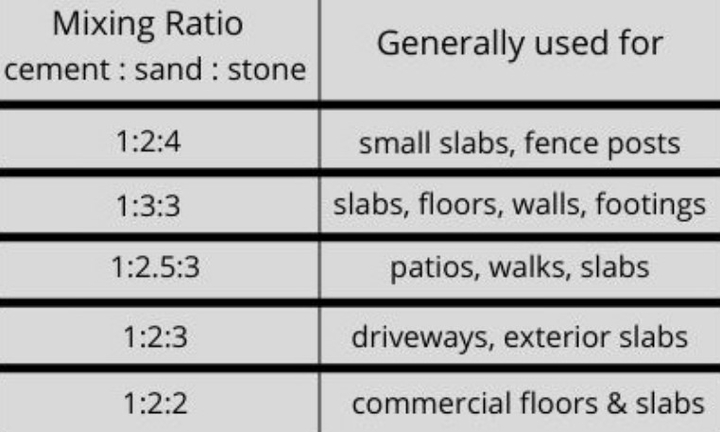Concrete Slab in Construction
By BYJU'S Exam Prep
Updated on: September 25th, 2023

In the civil engineering design of concrete structures, many structures are designed based on their necessity and requirements. These concrete structures include various beams, columns and the concrete slab. A concrete slab is cast with the concrete ingredients in the structures. It is usually constructed with a constant thickness.
Concrete Slab PDF [GATE Notes]
A concrete slab can be classified as a one-way or two-way slab. These concrete slabs are classified based on the longitudinal and lateral dimensions of the slab. And concrete slab is generally supported by the beams and columns in the structure. In this article, the concrete slab is explained with detailed information.
Table of content
What is Concrete Slab?
The slab is one of the structural members of buildings or infrastructure. The slab is constructed generally in uniform thickness, but it may vary in some cases. The slab is usually constructed with concrete ingredients, also known as a cement slab. Concrete slabs consist of coarse aggregate, fine aggregate and cement material.
The concrete slab is a hard material and plays a vital role in a structure. A slab supports the weight of the different types of live loads. It provides a surface to withstand the walls, columns and other building structures. Construction of the concrete slab generally occurs at the site itself.
Download Formulas for GATE Civil Engineering – Engineering Mechanics
Concrete Slab Mix Ratio
Concrete is a material that consists of coarse aggregate, fine aggregate, cement and water. These ingredients are mixed properly for the manufacturing of the concrete material. The proportion of these different concrete ingredients is determined based on the required strength of the concrete material. These proportions are called the mix ratio of the concrete material. These proportions are generally expressed in terms of the volume of the different ingredients. These mix ratios of different ingredients are explained below.

Construction of a Slab of Building
The construction of a concrete slab depends on various parameters like wall support, loading, etc. It also depends on the slab for which construction is carried out. These types may be the one-way slab or the two-way slab. For a one-way building slab length, the longer dimension of the slab is more than twice the shorter dimension. And for the two-way slab length, the longer dimension of the slab is less than twice the shorter span.
The construction process of the slab includes various steps. These involve the construction of the formwork, placement and tying of the reinforcement, Poring of the concrete material, compacting the concrete material, finishing of the concrete material, removal of the formwork and the curing of the slab.
Download Formulas for GATE Civil Engineering – Solid Mechanics
Shrinkage in a Concrete Slab
Shrinkage is the amount of deformation occurred in the concrete slab. Shrinkage in the concrete material is occurred due to the expulsion of the air (or diffusion of air pockets) in the casted concrete. Some other losses also can occur in the concrete material. And these are the creep, elastic shortening loss, etc.
Shrinkage of a concrete slab is the short-term deformation of the concrete material. These deformations in the concrete slab are occurred due to the expulsion of air from the concrete material. Shrinkage may also occur due to the improper hydration process. As the concrete surface dries, the excess amount of water in the voids of the concrete material also dries then the excess volume shrinks and leads to the formation of the shrinkage of the concrete material.
Advantages of Concrete Slab
The advantages are the different features of the concrete slab, which makes it more suitable for use. Here a few advantages of the concrete slab are listed below, which makes a good understanding of the concrete slab.
- Concrete slab takes less time to dry the surface of the concrete.
- It is a hard material of concrete that can resist more loads.
- A concrete slab is easier to design and cast than other slabs.
- It is more durable than the other types of slabs.
- In the concrete slab, there is a lesser risk of damage and the leakage of gases.


